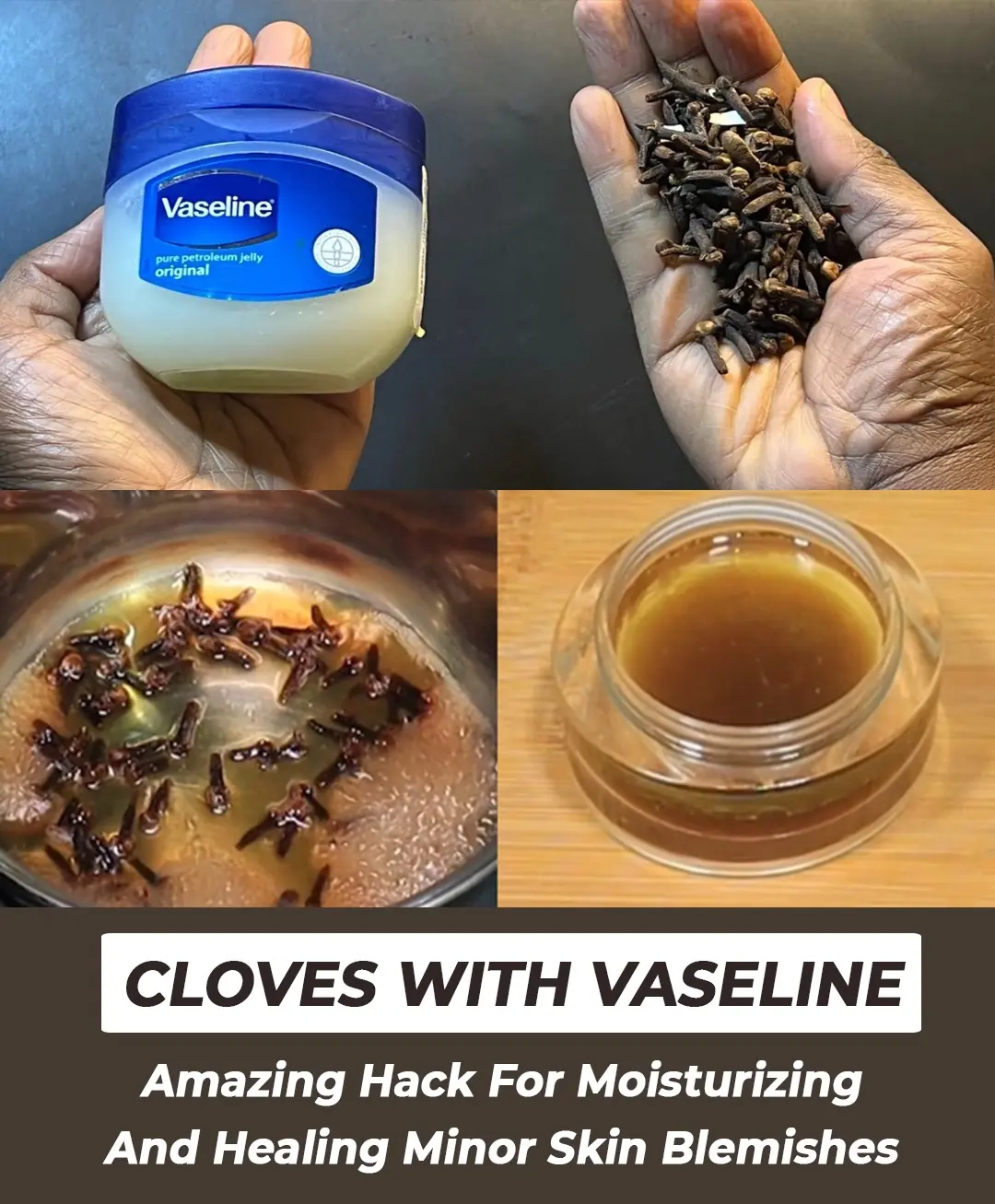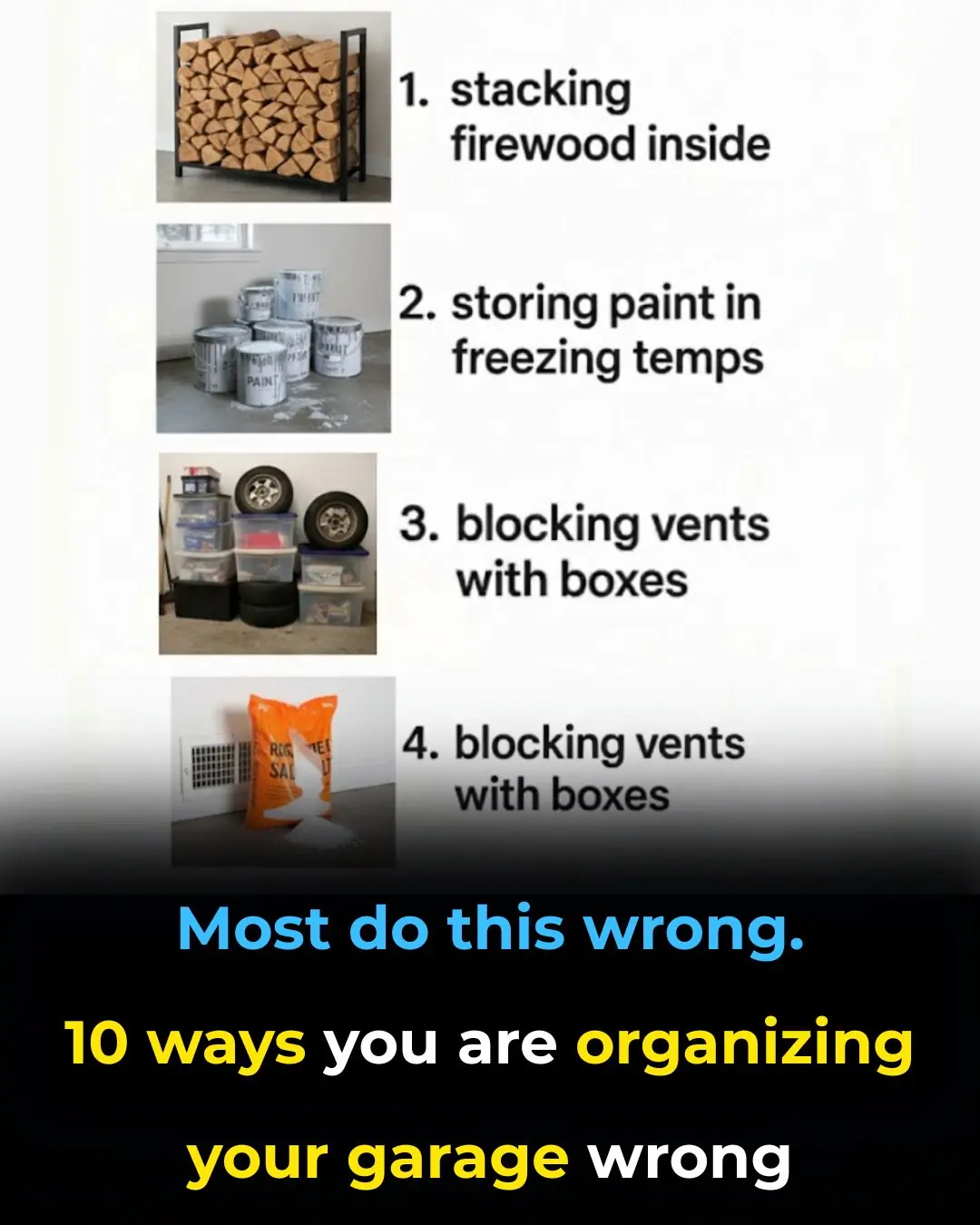
Most do this wrong. Here’s how often to clean gear in winter
Winter brings a unique set of challenges when it comes to maintaining your gear. Cold, wet, and often muddy conditions can quickly take a toll on everything from your boots to your beanies. Keeping your winter gear clean isn’t just about looking good—it’s about ensuring functionality, comfort, and longevity. Despite this, many people are unsure how often to clean their winter gear, which can lead to premature wear, damage, and reduced performance on the slopes or during everyday winter activities.
In this article, we’ll provide a detailed guide on cleaning and maintaining your winter gear. From boots to beanies, earmuffs to ski goggles, understanding the proper maintenance routine will help your equipment last longer, perform better, and keep you warm and comfortable throughout the season.
1. Why Cleaning Winter Gear Matters
Regular cleaning of winter gear is essential not only to maintain its appearance but also to optimize its performance and durability. Dirt, salt, and moisture can accumulate over time, gradually degrading the materials. For instance, salt from sidewalks can erode leather boots, while moisture trapped in fabrics can cause mold, mildew, and unpleasant odors.
Clean gear also functions better in protecting you from cold weather. Dirt and grime can reduce the insulating properties of jackets and gloves, while unclean hats and scarves may irritate sensitive skin. Beyond protection, properly cleaned gear ensures hygiene, prevents odors, and contributes to your overall comfort during harsh winter conditions.
2. How Often to Clean Winter Boots
Winter boots face some of the harshest conditions, from slushy streets to snowy trails. Ideally, boots should be wiped down after every few uses, particularly if exposed to road salt or mud. For deeper cleaning, use a specialized leather or fabric cleaner every few weeks. Leather boots should also be conditioned monthly to prevent cracking and maintain suppleness.
If your boots have removable liners, wash them every month to prevent odor buildup. Always allow boots to air dry completely before wearing them again. Proper drying prevents mold, bacteria growth, and lingering smells, ensuring your boots remain comfortable and long-lasting.
3. Weekly Care for Beanies
Beanies are often forgotten when it comes to regular cleaning, yet they can accumulate sweat, oils, and daily debris. During winter, washing your beanie weekly is ideal. Use a gentle machine cycle with cold water, or hand wash delicate fabrics.
After washing, let your beanie air dry on a flat surface to maintain its shape. Avoid using a dryer, which can shrink or distort the fabric. Clean beanies not only feel more comfortable but also retain their warmth and elasticity over time.
4. Cleaning Earmuffs: Every Two Weeks
Earmuffs sit directly on your skin and hair, making them prone to accumulating oils and sweat. Cleaning them every two weeks keeps them hygienic and soft. Removable covers can usually be machine washed like beanies.
For delicate materials such as faux fur, opt for spot cleaning with a damp cloth and mild detergent. Regular cleaning ensures earmuffs remain comfortable, retain their shape, and protect your ears efficiently throughout the season.
5. Ski Goggles: Clean After Every Use
Ski goggles are essential for clear vision and eye protection on the slopes. To maintain optimal visibility, clean them after every use using a microfiber cloth to remove snow, moisture, and smudges.
Never use paper towels or harsh chemicals, as these can damage the lenses’ anti-fog coating. Regular cleaning ensures your goggles last longer, maintain clear vision, and prevent scratches that could compromise safety while skiing or snowboarding.
6. Viral Hacks for Winter Gear Cleaning
The internet is full of creative hacks for maintaining winter gear using common household items. For example:
-
Baking soda can be used to eliminate odors in boots. Sprinkle it inside overnight, then shake out the excess in the morning.
-
Vinegar and water solutions can remove salt stains from boots or clean plastic surfaces like ski goggles.
Always test DIY solutions on a small area first to avoid damage. These hacks are convenient and cost-effective, but should be applied carefully for delicate or high-value items.
7. The Impact of Clean Gear on Performance
Keeping your gear clean directly impacts your winter performance. Dirty ski goggles can impair vision, increasing the risk of accidents. Stiff or unmaintained boots can hinder mobility, making it harder to walk on icy or uneven surfaces.
Beyond safety, clean gear prevents distractions from odors or discomfort, allowing you to focus entirely on winter activities. Maintaining clean, functional gear enhances your overall winter experience, ensuring both comfort and safety.
8. Common Mistakes in Winter Gear Maintenance
Several mistakes can reduce the lifespan of your gear:
-
Neglecting regular cleaning, which leads to buildup and deterioration.
-
Using inappropriate cleaning products, such as bleach or harsh detergents on delicate items.
-
Failing to dry gear thoroughly before storage, causing mold and odors.
-
Improper storage, like folding items that should be hung, which creates creases and damages fabrics.
Being aware of these mistakes helps prevent unnecessary wear and ensures your gear remains ready for use each season.
9. Eco-Friendly Cleaning Options
Eco-friendly products are a great way to maintain your gear without harming the environment. Biodegradable detergents, baking soda, and vinegar are excellent alternatives to harsh chemicals.
Look for products with certifications like USDA Organic or EcoLogo to ensure they meet environmental standards. These options are safe for both your gear and the planet, helping you maintain winter essentials sustainably.
10. Professional vs. DIY Cleaning
Choosing between professional cleaning and DIY methods depends on the type of gear. Professional services are best for delicate or expensive items, such as down jackets or technical ski wear, as they provide specialized cleaning without risk of damage.
DIY cleaning is convenient for everyday items like beanies, earmuffs, and basic boots. With the right methods and products, most winter gear can be effectively maintained at home, saving money and effort. Consider the value, delicacy, and cost of each item when deciding the approach.
11. Storing Your Winter Gear Properly
After cleaning, proper storage is crucial for longevity. Ensure all items are fully dry to prevent mold and mildew. Store boots in a cool, dry place, and use boot trees to maintain shape.
Hang jackets and beanies to prevent creases, and store them in breathable garment bags to protect from dust. Smaller items like gloves and earmuffs should be kept in fabric storage bins or drawers. Correct storage not only extends the life of your gear but also ensures it’s ready for immediate use when the next winter arrives.
Conclusion
Maintaining clean winter gear goes beyond aesthetics—it’s about comfort, safety, and performance. By following a structured cleaning and storage routine, you can ensure that your boots, beanies, ski goggles, and other essentials remain effective and long-lasting. With a mix of proper care, eco-friendly products, and occasional professional cleaning, your winter gear can handle every snowstorm and chilly adventure without losing its quality.
News in the same category


Stop throwing out old plastic food containers. Here’s 10 brilliant hacks to use them around the house
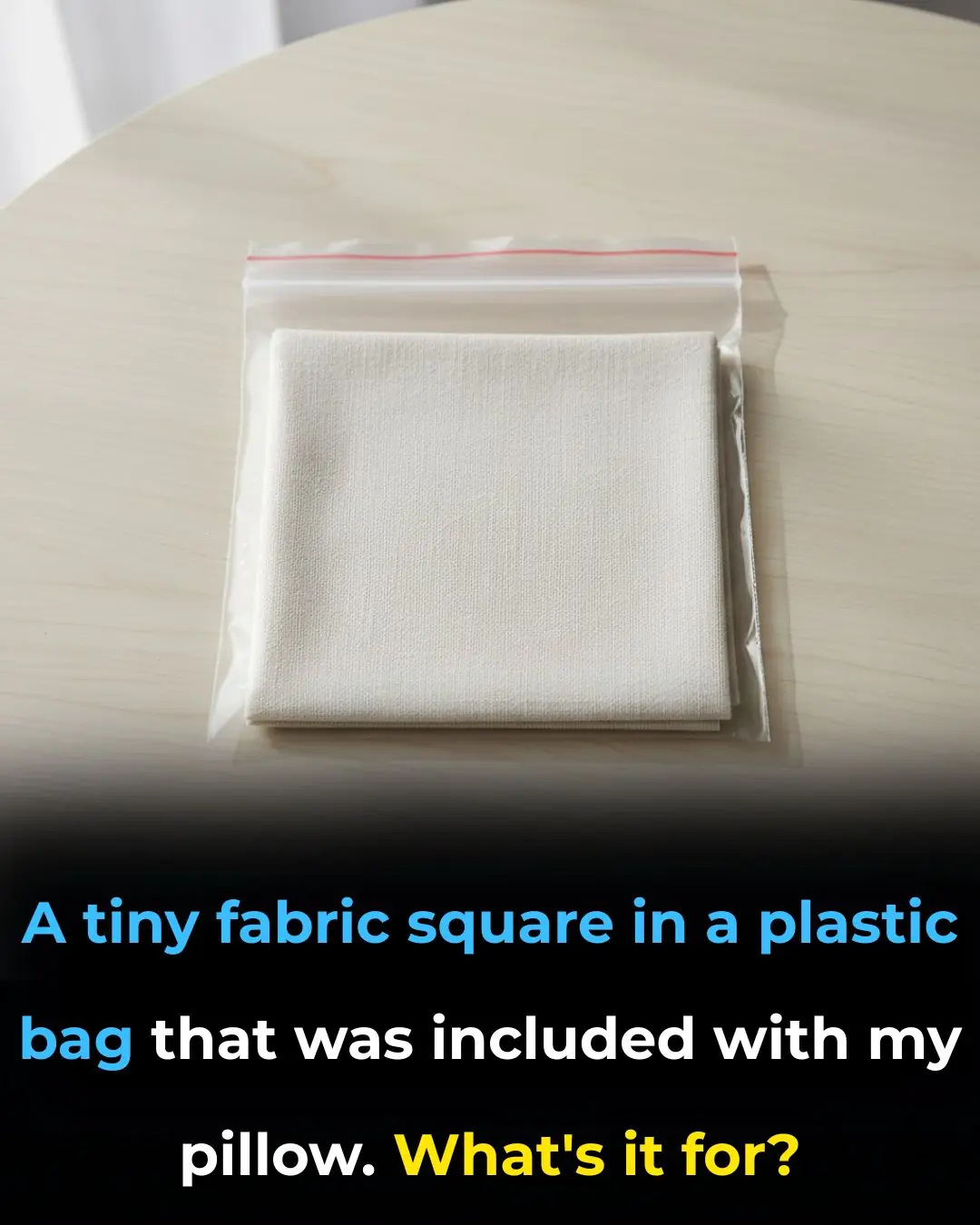
I had no idea
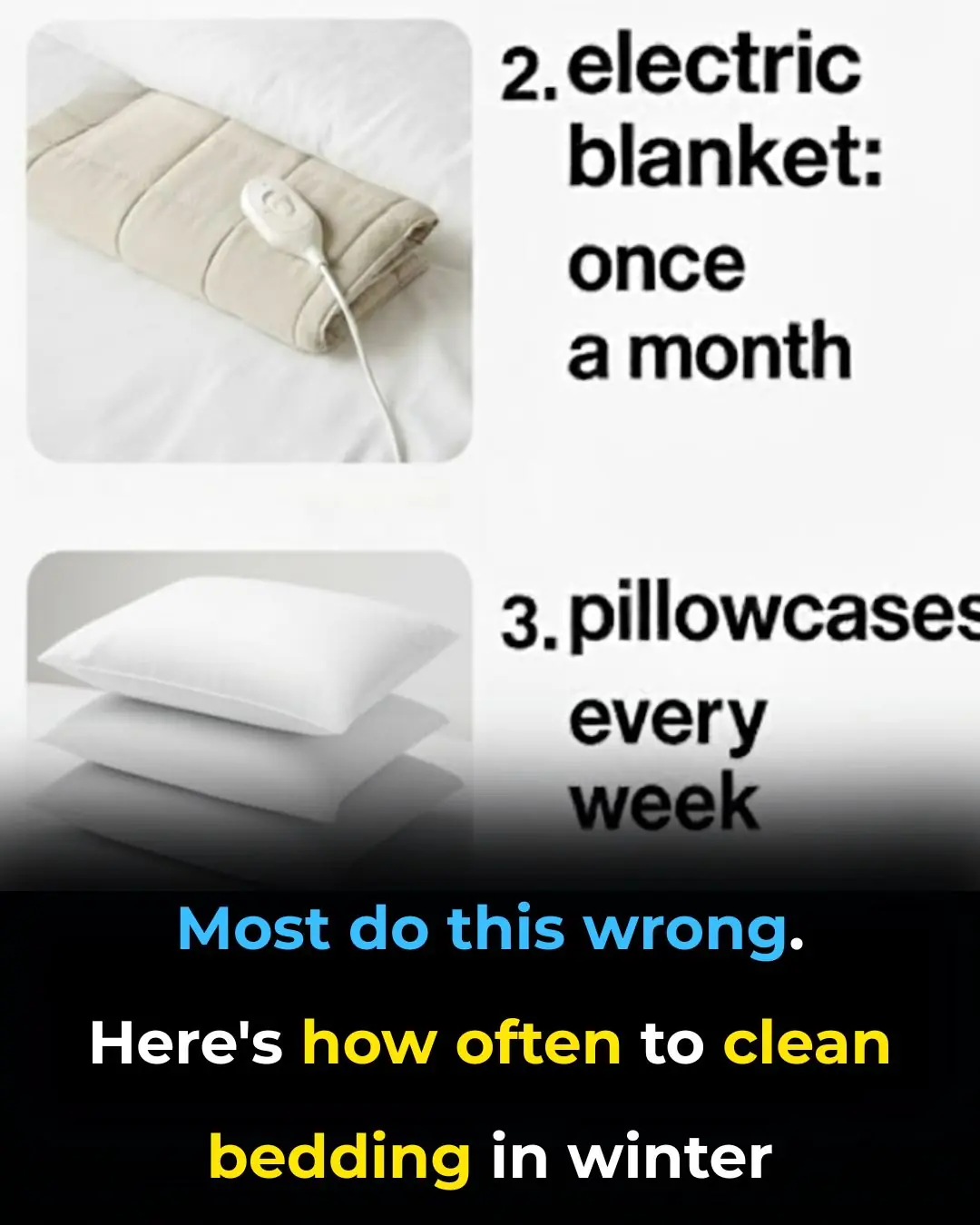
Most do this wrong. Here’s how often to clean bedding in winter
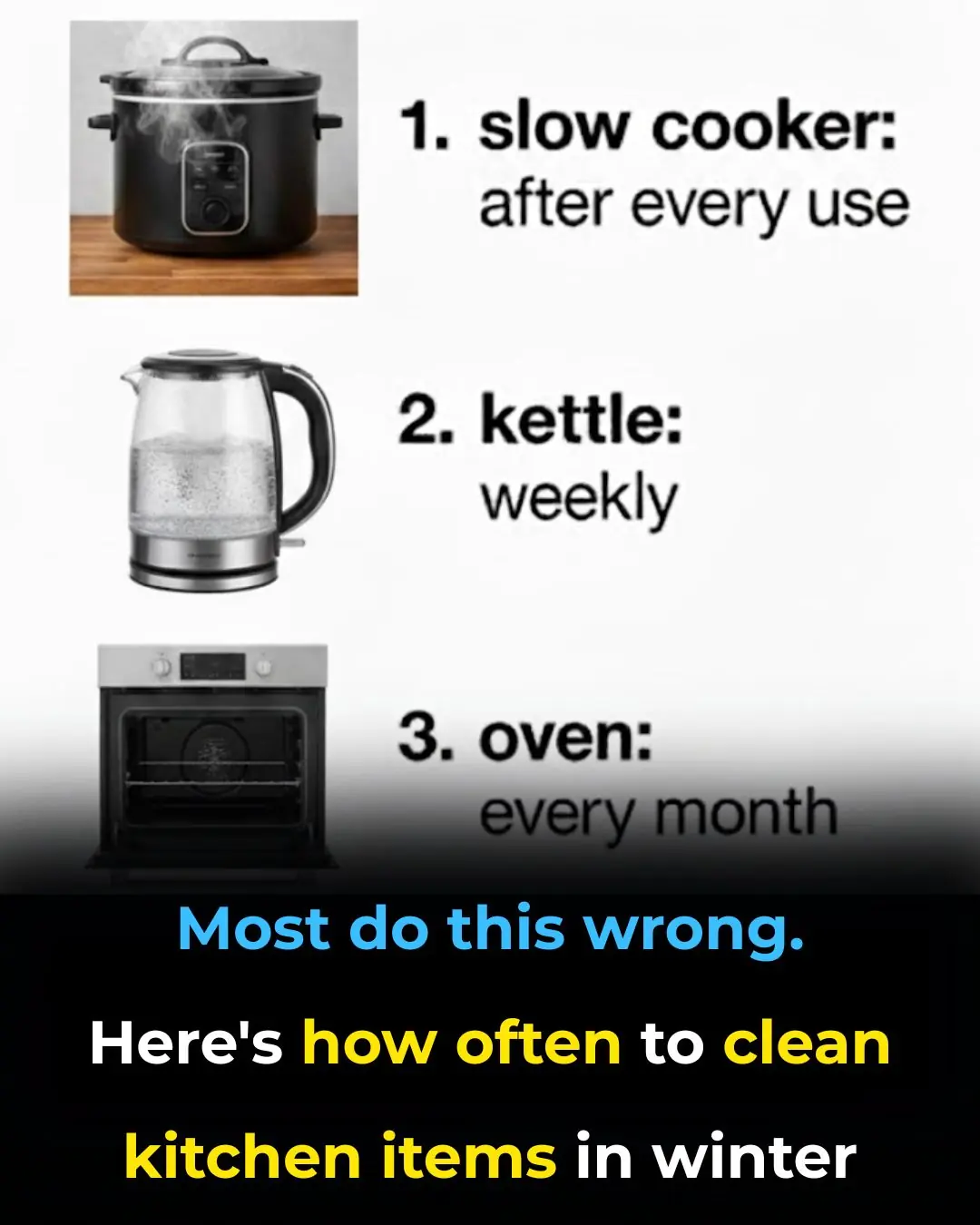
Most do this wrong. Here’s how often to clean kitchen items in winter

Most do this wrong. Here’s how often to clean appliances in winter

Most do this wrong. Here’s how often to refresh everything for winter

Stop freezing these 10 foods

10 top types of house spiders & how to get rid of each one
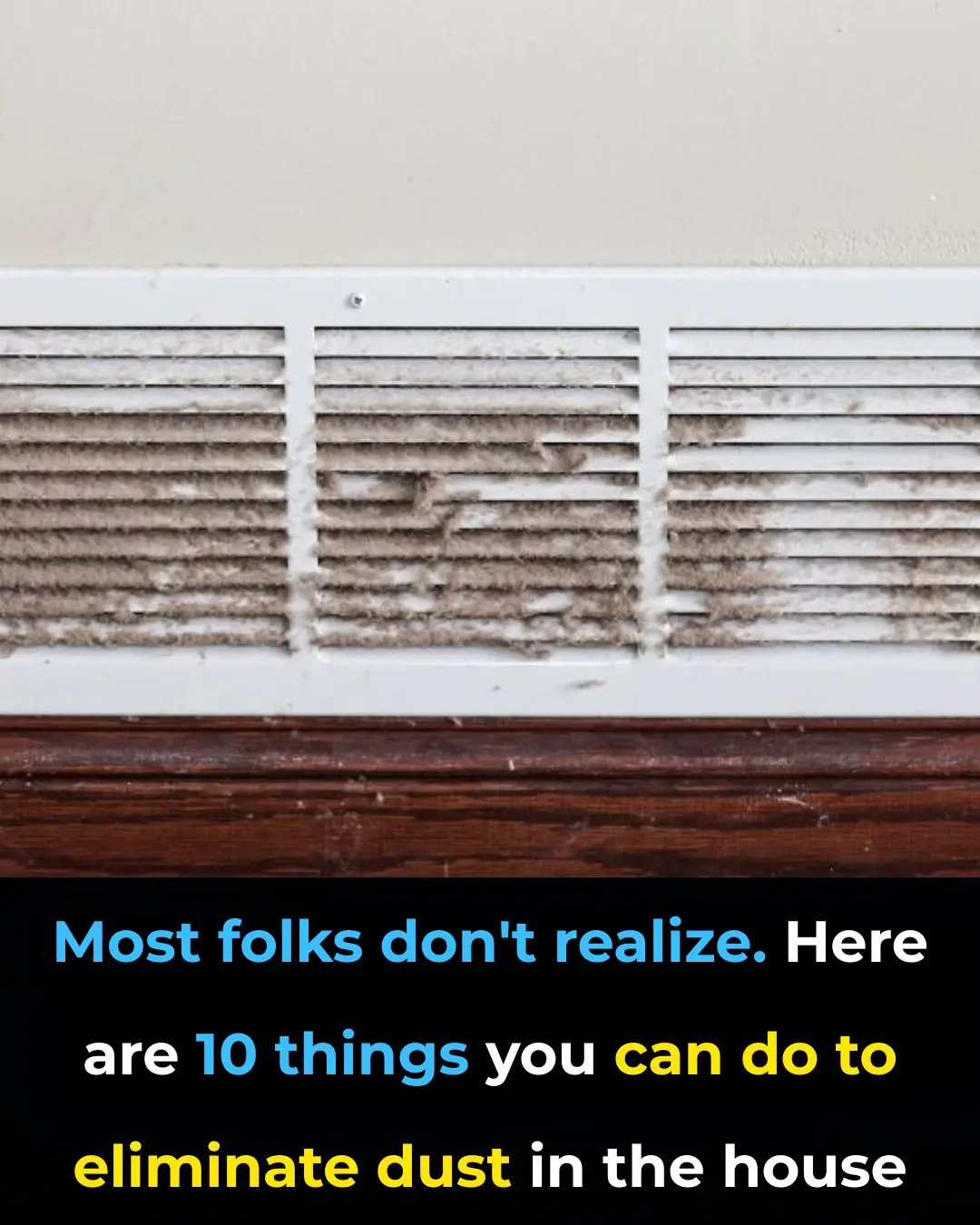
These ideas are brilliant

10 top types of house spiders & how to get rid of each one
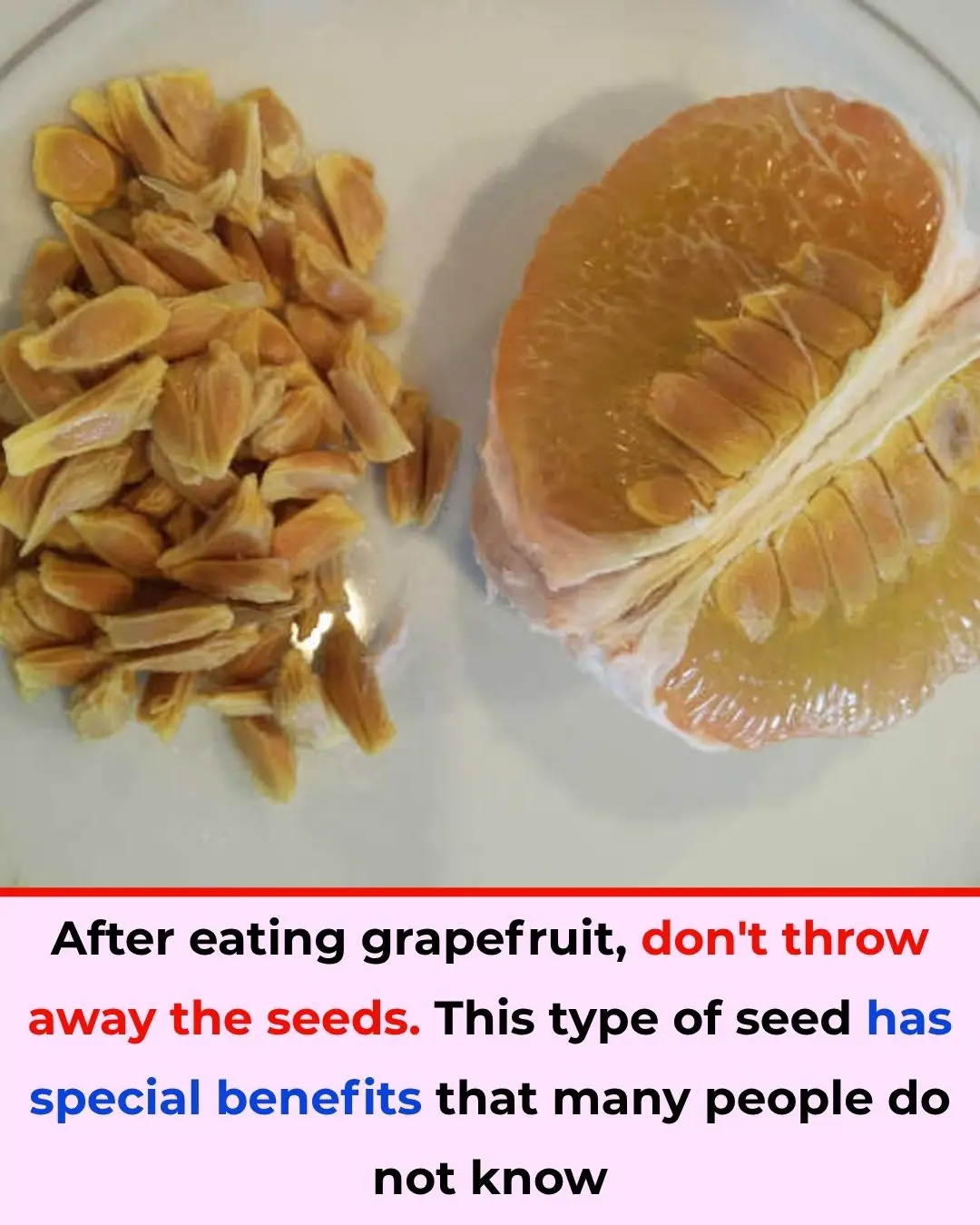
Don’t Throw Away Grapefruit Seeds – These Tiny Seeds Have Surprising Benefits

Sprinkle Salt Around Your Home on Rainy Days – It Sounds Strange, but the Results Are Amazing

Remove Bad Odors from Your Refrigerator Overnight with These Simple Tricks

I had no idea this was a thing

Add white vinegar to dishwashing water: Simple cleaning tips that will never be too expensive

Lady places cup of vinegar into microwave. Here’s the genius reason why

Works like a charm
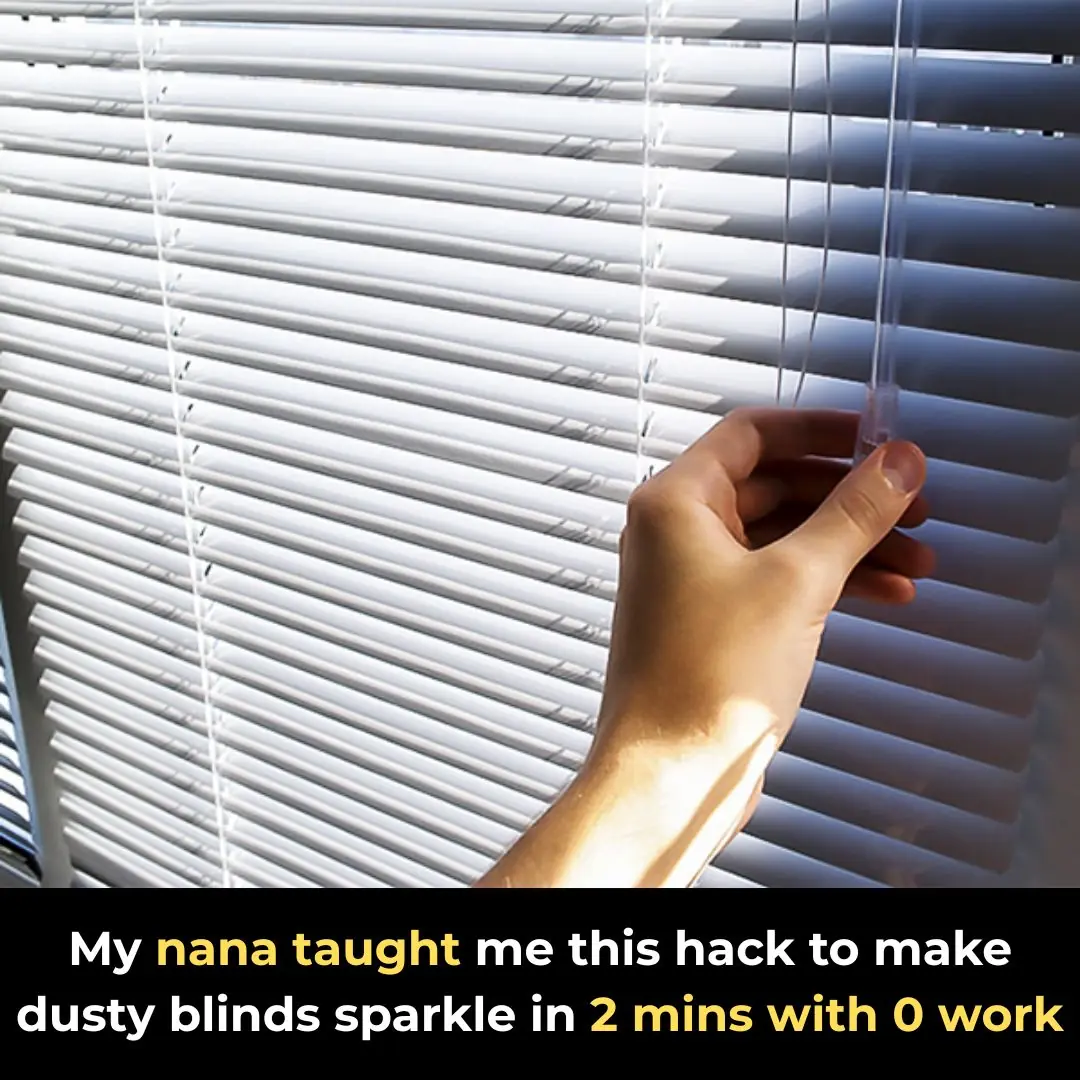
My nana taught me this hack to make dusty blinds sparkle in 2 mins with 0 work. Here’s how it works
News Post

Meet The Owner Of The First Beauty Supply In New Paltz, New York

R&B Singer Lucky Daye Has Full-Circle Moment with MLK Day Halftime Performance

Meet Alvin Irby, One of Pepsico’s Black Changemakers Who’s Using Barbershops To Encourage Black Boys To Read More

Meet Charlie Mitchell, The First Black Michelin-Starred Chef In New York City And The Second One In The Nation

This Mom of Four Just Started Medical School at 43 Years Old
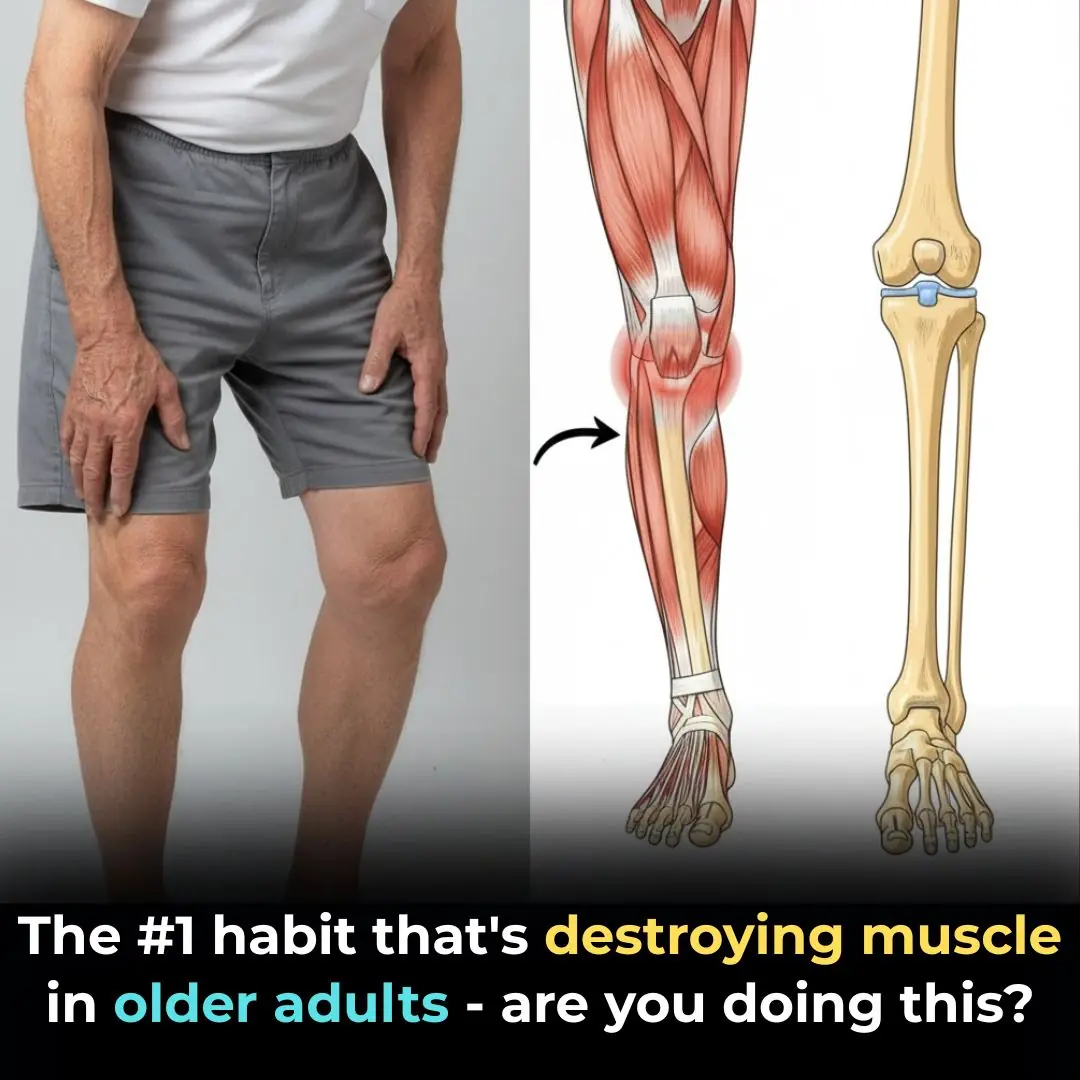
The #1 habit that’s destroying muscle in older adults—are you doing this?

The Hidden Consequences of a S*xless Life

Why Do We See “WC” and Toilet Icons Everywhere?

Clever Phrases Smart People Use to End Pointless Arguments

Most do this wrong. 10 ways you are organizing your garage wrong

Stop throwing out old plastic food containers. Here’s 10 brilliant hacks to use them around the house

I had no idea

Most do this wrong. Here’s how often to clean bedding in winter

Most do this wrong. Here’s how often to clean kitchen items in winter

Most do this wrong. Here’s how often to clean appliances in winter

Most do this wrong. Here’s how often to refresh everything for winter
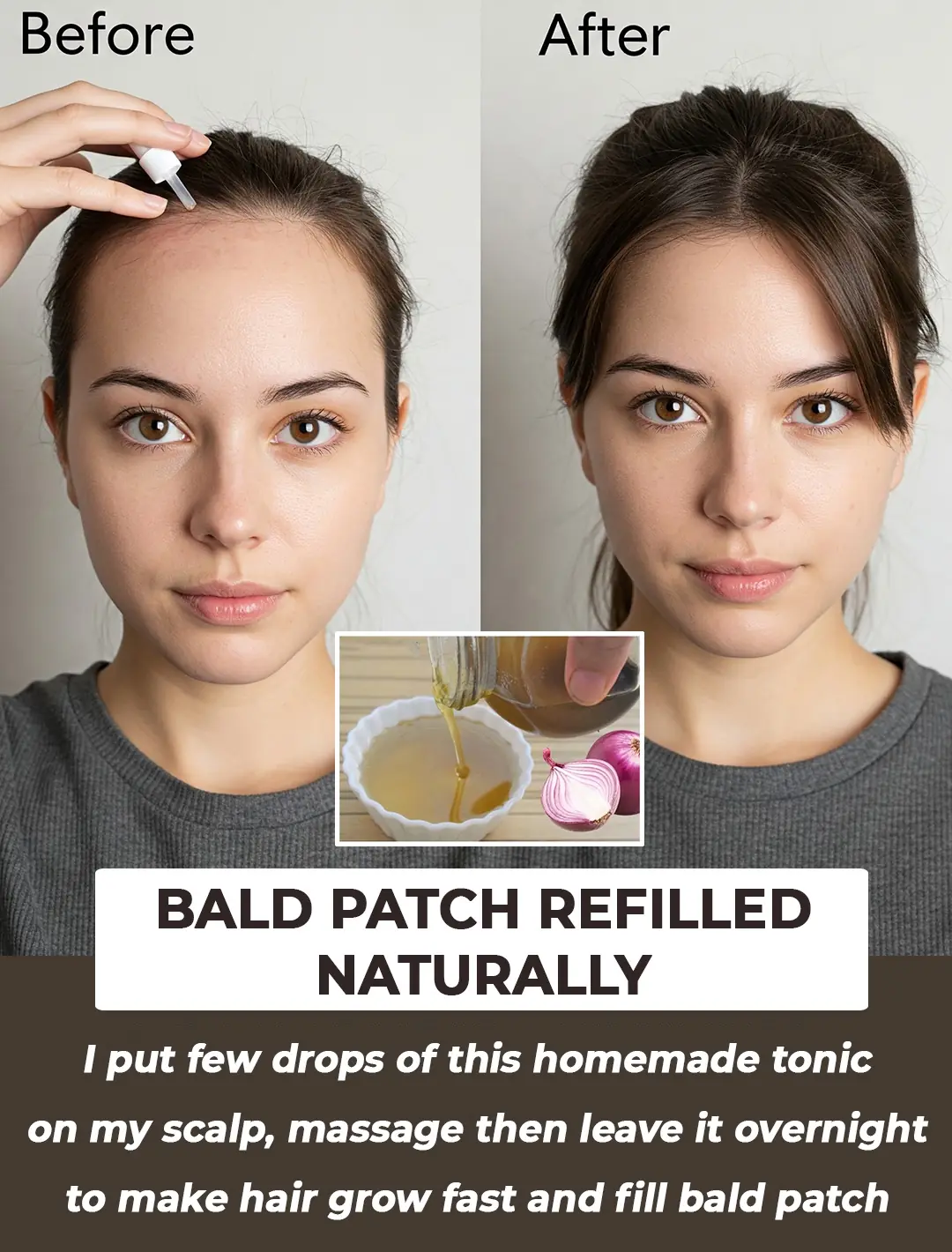
Double your hair growth with this “ONION JUICE” DIY

Salon like Keratin Treatment at Home
